Parallel Export: The Transformation of New Cars into Used Cars in Chinese Car Exports
In recent years, China’s car exports have been on the rise, and alongside this growth, there has been a noticeable increase in the export of used cars. A significant contributor to this trend is the practice of “parallel export,” wherein new cars, particularly new energy vehicles, are exported as used cars to overseas markets. While this approach has provided short-term profits, it has also raised concerns about its sustainability and potential negative impacts on the industry’s reputation. This report analyzes the current state of parallel exports, the challenges faced by the industry, and proposes a more sustainable and innovative direction for China’s used car export industry.
Introduction
China’s car exports have experienced remarkable growth in recent years, with 2022 witnessing a surge in used car exports to 6.9 thousand units from 1.5 thousand units in 2021. The parallel export of new energy vehicles, marketed as used cars, has been a crucial driver of this surge. This report examines the implications of parallel exports and highlights the need for a more sustainable and innovative approach to used car exports.
Current State of Parallel Export
Parallel export involves exporting new cars, especially new energy vehicles, as used cars to international markets. The competitive advantages of China’s new energy vehicles, such as high specifications and low prices, have attracted export companies to focus on parallel exports. However, this approach is viewed as a short-term strategy with potential negative consequences for the industry’s development.
Challenges Faced by the Industry
(1) Lack of Diversification
Relying heavily on parallel export strategies may lead to overreliance on certain markets and leave the industry vulnerable to fluctuations in demand.
(2) Unstable Overseas Orders
The unpredictability of overseas demand and unfamiliarity with Chinese brands create challenges for exporters.
(3) Asymmetric Information
Information gaps between overseas purchasers and domestic suppliers may result in a lack of pricing power for Chinese exporters, reducing profitability.
(4) High Transaction Costs
The presence of intermediaries and international logistics costs can diminish profits for export businesses.
(5) Quality Assurance and After-Sales Services
Ensuring high-quality vehicles and reliable after-sales support are vital to building trust with overseas customers.
Recommendations for the Future
(1) Focus on Differentiation
Instead of solely relying on parallel exports, companies should explore diversifying their export strategies to target specific markets and meet various demands.
(2) Establish Platforms for International Cooperation
Creating platforms that connect Chinese exporters with overseas dealerships and agents can facilitate business growth.
(3) Prioritize Transparency and Quality
Enhancing transparency in the export process and providing multi-dimensional quality assurance for vehicles will enhance the industry’s reputation.
(4) Develop Geographical Advantages
Utilize geographic advantages to expand the presence of Chinese used cars in international markets.
(5) Promote Circular Economy Initiatives
Government support for dismantling cars and the reuse of components will contribute to a sustainable used car export industry.
Conclusion
While parallel export has contributed to the growth of China’s used car exports, it should not be viewed as a sustainable long-term strategy. The industry must focus on developing a comprehensive, innovative, and differentiated approach to exporting used cars. By addressing challenges, ensuring quality, and embracing circular economy practices, Chinese exporters can build a strong foundation for the future of the used car export industry.
Photo from Wikimedea
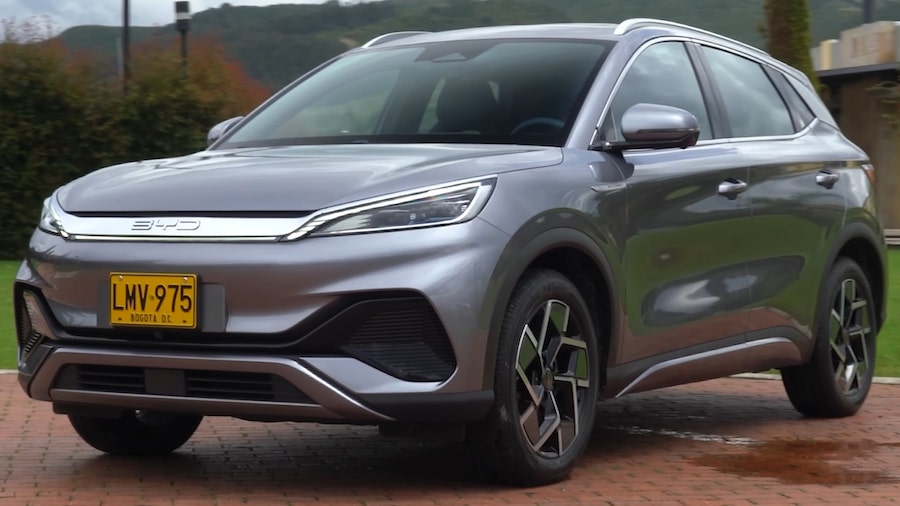
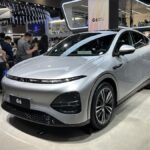
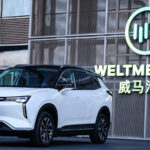

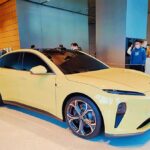

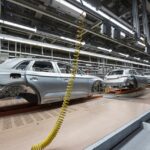
Danke für den Beitrag zum Thema Gebrauchtwagen. Ich bin schon länger auf der Suche nach weiteren Informationen hierzu. Der Beitrag hilft mir wirklich sehr!